#Devika Rani
Explore tagged Tumblr posts
Note
ONE VOTE. HOLY SHIT

(courtesy of this site)
it's midnight and i might just start weeping in my kitchen
297 notes
·
View notes
Text
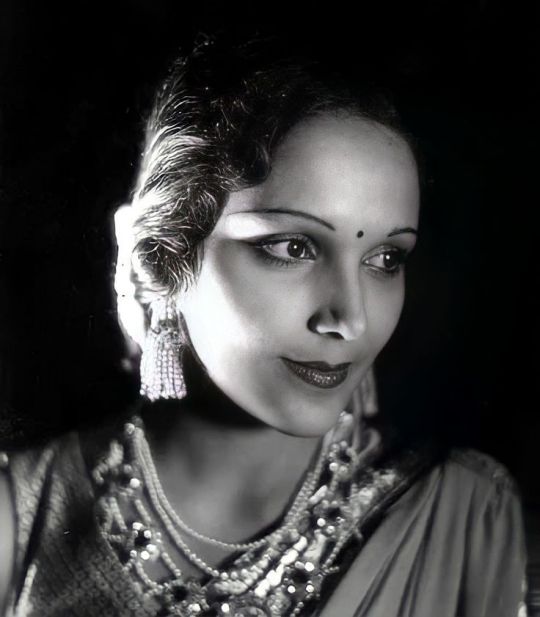
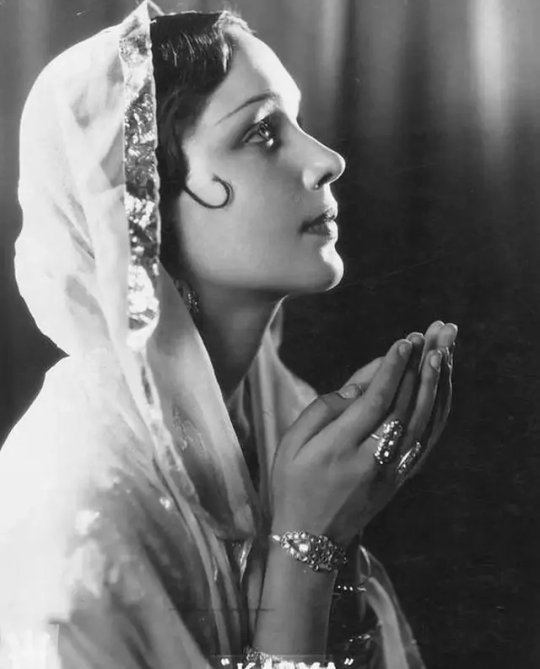
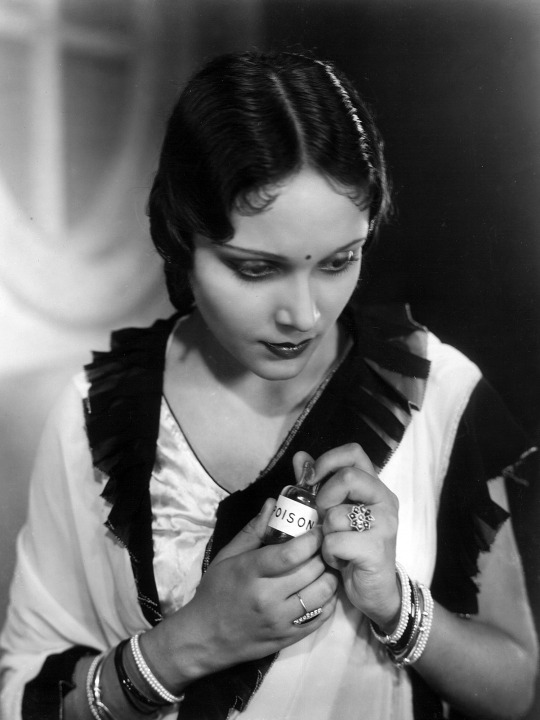

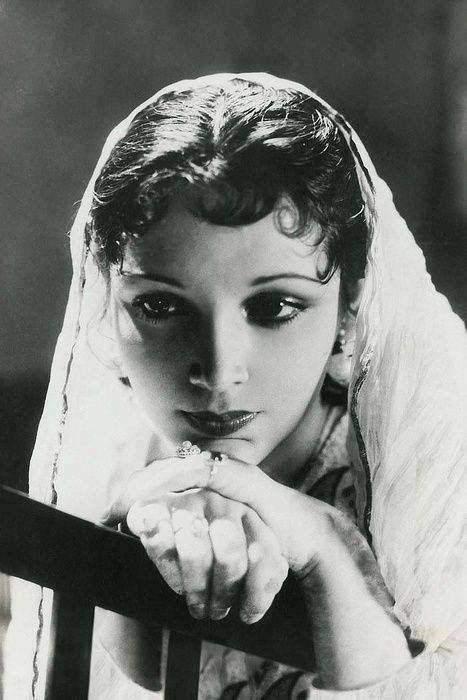
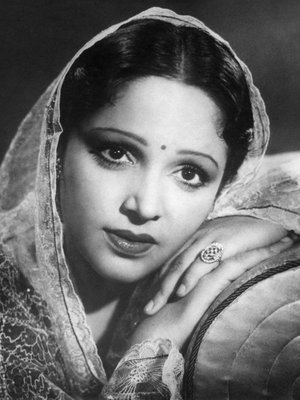
Devika Rani
@hotvintagepoll
#devika rani#indian cinema#hindi cinema#bollywood#cinema#films#movies#world cinema#classic cinema#old bollywood#1930s#bollywood films#bollywood movies#classic bollywood#indian films#indian movies#hindi films#hindi movies#1930s cinema#1930s fashion#india
100 notes
·
View notes
Text

Devika Rani on the sets of Izzat
18 notes
·
View notes
Text

4 notes
·
View notes
Text
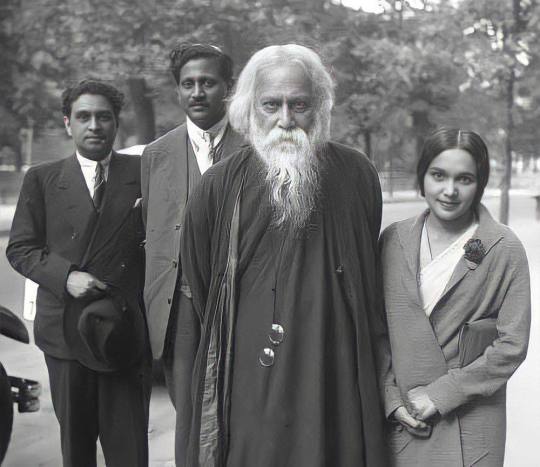
Remembering #DevikaRani on her birth anniversary (30/03). She was active during the 1930s & 1940s. Widely acknowledged as the first lady of Indian cinema. In this photo, she is with Shri #RabindranathTagore & #HImanshuRai in Berlin (1931). What are your favourite Devika Rani films?
8 notes
·
View notes
Text
Explore the International Roerich Memorial Trust, Manali | A Cultural Heritage in Naggar
#and CV Raman#Devika Rani#George#Helena#Himachal Pradesh#india#Indira Gandhi#Indologist and Roerich scholar Lyudmila Shaposhnikova#International Roerich Memorial Trust (IRMT)#Jagadish Chandra Bose#Kullu valley#Larisa V. Surgina#Legacy of the Roerichs#Manali#naggar#Nicholas Roerich#Rabindranath Tagore#Raja of Mandi#Roerich Memorial Trust#Roerich Pact#russia#Svetoslav and Devika#Svetoslav Roerich#Urusvati Himalayan Research Institute
0 notes
Text
Jubilee
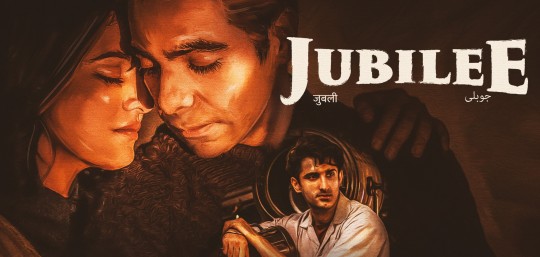
First thing first, Jubilee shows you the realism of the Bombay talkies era with an interval by building huge and royal studios, cinema reels, crew chairs, hand painted posters, an ambitious producer with business acumen, smoking pipe, outfits, and so much more. The series in itself is quite symbolic for the purpose of depicting the golden era. Yes, I call it a golden era. I read the show is pretty much inspired by the life of Himanshu Rai and Devika Rani. Let’s kickstart.
Praise worthy angles from the entire series that are responsible for the story:
Blazing journeys of 5 characters Roy, Binod, Jay, Niloufer, Walia
The unparalleled fate of 2 studios Khanna studio and Roy studio
The transformations, transitions, and evolving cinema with a blend of crime, love, conspiracy and fame.
Beginning, Rise and Fall
It is commendable to see how the makers combined the most essential attributes of the black and white cinema - Dialogues, Music, Drama and great frames.
The 3 compelling dialogues that summarize Cinema which are crafted beautifully in the film with the scene,
'Power is within this weapon of cinema.'
'Cinema can raise a level by giving the audience a taste of poetry, photography, music and aspirations.'
'Cinema can empower people.'
Let us put the stars on the shoulders of the team. Vikramaditya Motawane, Atul Sabharwal and Soumik Sen are the names. I should say, a gorgeous job on the series by all the teams.
Supposedly it has to be one of the most expensive projects as it costs a fortune to build a city entirely. Especially a city which used to look a certain way but not any more. It is bound to attract criticism, comparisons and judgements. Hence applause for the art department.
Moving to the title, Jubilee. Good one. The word Jubilee was significant in the non-bollywood era. It marked a big success of the film if it reaches Jubilee unlike the crore club where films are less than 2 stars but box office is 200 cr.
Vikramaditya Motawane has created a web series that is uncommon among current subjects. Lots of makers tried to recreate the golden era but most of them went unnoticed. I am fond of Khoya Khoya Chand for the infamous vintage era. However, reaching everybody through OTT through Jubilee with a 10 episode series of 50 minutes is a master thought. That breathing space to judge the success with an olden times ‘interval’ but of a week is outstanding. However, such a big risk.
Mentioning positives of the show to move with. It has a decent Star cast that is not very glittering and glam. Subtle and real. When you cut on the star factor you can actually see through the show and its potential. So I liked the cast to portray that era. Apararshakti Khurana as one of the leads is huge. Names to mention: Wamiqa Gabbi and Prosenjit Chatterjee. I am all praises for Wamiqa Gabbi. Simply Wow. She is a complete package of dance, acting, nakharas, ada and reality. An actress who very clearly takes you to the era of queens like Waheeda Rehman, Mala Sinha, Nutan and the list goes on. She does not imitate anybody. Prosenjit Chatterjee, an innovative and ahead of his time producer who wants to make a mark but probably wishes to stick to what sells on screen with a traditional cinema perspective. The curiosity that both Roy and Niloufer go on building in their own way is really good. Sidhant Gupta’s energy matches the character’s but his acting felt an over-do at times. But when he walks as a star is one act you can’t miss but notice. It shows a mix of stardom and simplicity. Great work there. He is the Guru Dutt effect as a one man show with actor-director qualities. Aditi Rao Hydari is just being herself, a beauty. Ram Kapoor, Shweta Basu are names known for good acting just like that. All the supporting actors have done a celebrated job in their roles. Amazing to watch Arun Govil in a web series. The casting decisions are appreciable. The character Govil plays as a calm father is peaceful for the eyes and ears.
Music is magnificent. Thanks to Amit Trivedi for giving one more album that can be put on loop. The compositions of jubilee prove that even today a melody is possible with sensible ‘Hindi’ lyrics which are louder than the music and each word, chord and instrument is heard and worth a praise. Kudos to Amit Trivedi and Kausar Munir for creating songs that calm people like us can humm. My personal favourites are Voh Tere Mere Ishq, Dariyacha Raja, Na Koi Mera and Saare Ke Saare Akele. Rest you would not like to skip as well. It has the sound of the period it belongs to. The lyrics bear to our usual spoken Hindi language - simple and understood. I can’t put this more straight. Those days were about melody and dialogues that hit the audience.
Dialogues as expected are filled with drama and conviction.
Favourite frame from the series is Jay and Nilo sitting on the road drenched in the rain in front of a theatre under the poster of Baiju Awara. Splendid! You do not have to show intimacy by stripping down and making love. Sometimes it's just the way you sketch love on screen. Quite a romantic frame. Other Mesmerizing frames:
Binod first in front of the fire that also marks the end frame of Roy in front of fire.
Sumitra sitting in front of the mirror in the train.
Roy, sitting in his private screening theatre, calls the man to project the reel.
Jay Khanna in his own studio on the first day against the Taxi cut out.
The last shot of Roy studio with lights dimming symbolizing the fall.
Jay Khanna’s cabin with Taxi Driver Poster of Jay and Nilo.
And the favourite of many, the RK inspired Jay and Niloufer umbrella scene.
I am glad to see one series with no skin show, no kissing at every alternate shot and most importantly close to no violence. Every other show today is either lust or violence with litres of blood flowing. This series is like detox.
Some curiosity creeps in. Was Phone tapping really a thing? Would the show not be as captivating as it was if tapping was not a part of the show? Mysterious.
Coming to an end resembles a Guru Dutt film with a song like Dekhi Zamane ki Yaari. Saare ke Saare Akele went on flipping pages and how heartbreaking every page was!
Looking at Jubilee overall,
What’s remarkable is the tragic ending given to all the characters like most of the yesteryear actors saw. It is not a fictitious act of drama. We have heard stories where either people disappeared from the industry or their demise was not a very pleasant one or some love stories were not as happy as their film’s or their stardom just vanished with a flop. I admire the way fiction was weaved with the inside stories from the film industry. But across 10 episodes we saw a lot of screen time invested in long pauses. Not sure why the typical fame was not shown like ordinary fans gathering around Madan or crowds at the red carpets of premieres. No premieres at all actually. But the pre-independence period, partition and its effect on the cinema industry was precisely connected. The makers very smartly keep awards at bay as filmfare started in 1954 and this story wraps up by 1953. Also, the details that were very well shown were salaried crew, technicians and even actors associated with the studio, the refugee camps, international interventions and the editing on negatives of the reel. What is incredible to see is the grey shade every character gets with situations. It's meticulous writing.
All the characters had a closure but I wonder what happened to Shamsher Walia.
I was waiting for the last ‘The End’ or ‘समाप्त’ after we saw Interval post the 1st batch of 5 episodes. But that did not come. Another season in making? Giving benefit of doubt as the glorious era of cinema has just started in Jubilee. But I must say first is the only first. What follows is to piggyback on the popularity of last success. It loses its charm. I hope the makers continue the legacy if they plan seasons.
To end this I would say Jubilee gives you the pictorial version of the tales and accounts narrated by the legends and insiders. I will not deny that the series seems stretched or sluggish at times but I think establishing the actors and an entire past generation will take its own time.
Jubilee is a must watch for people who believe in the essence of cinema and Hindi film industry of yesterday. It is for obsessed film lovers who have not yet fallen prey to Bollywood’s faux stardom.
#jubilee amazon prime#jubilee prime#jubilee#jubilee tv series#amazon prime#amazon original#prime video#prime#aparshakti khurana#aditi rao hydari#sidhant gupta#prosenjit chatterjee#wamiqa gabbi#shweta basu prasad#arun govil#bollywood#hindi film#hindi cinema#hindi film industry#indian film industry
20 notes
·
View notes
Text

DEVIKA RANI THE ACTRESS AND FOUNDER OF BOMBEY TALKIES
2 notes
·
View notes
Text
"Bengali All The Way": Kajol Watches Cousin Rani Mukerji's Mrs Chatterjee Vs Norway
Kajol shared this image. (courtesy: kajol) New Delhi: Rani Mukerji has returned to the big screen with Mrs Chatterjee Vs Norway, which was released in theatres on March 17. The actress has been receiving much acclaim and praise from members of the film fraternity for her portrayal of Devika Chatterjee, a Bengali woman who has to fight against a nation to save her kids. The latest star to give…
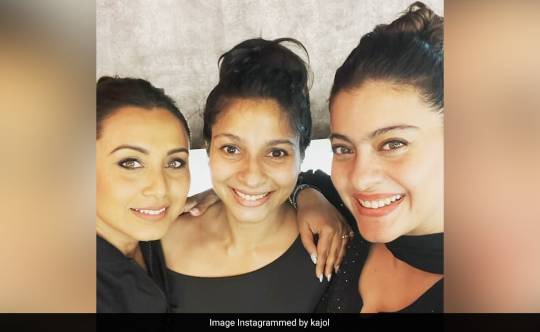
View On WordPress
2 notes
·
View notes
Text
The 8th Edition of the Dr. Sarojni Naidu International Award for Working Women Celebrates Women Leaders from Across the Globe

Noida, India – The 8th Edition of the prestigious Dr. Sarojni Naidu International Award for Working Women was celebrated with grandeur at Marwah Studios, Noida Film City, honoring the contributions of 100 outstanding women from India and around the world. The event, supported by the Asian Academy of Arts, AAFT University, the International Chamber of Media and Entertainment Industry, and the International Women’s Forum, highlighted the critical role women play in shaping society and uplifting the global economy.
The ceremony saw the conferral of awards to women across diverse fields, including business, art, culture, fashion, law, media, cinema, management, administration, poetry, writing, science, research, event management, education, and social work. Each awardee stood as a beacon of excellence, with their unique achievements reflecting dedication, innovation, and an unrelenting commitment to societal betterment.
The event was graced by distinguished guests of honor, Her Excellency Dr. Capaya Rodriguez G, the Ambassador of Venezuela to India, and Her Excellency Adv. Lebohang Valentine Mochaba, the High Commissioner of the Kingdom of Lesotho. Both dignitaries received special honors, recognizing their leadership and diplomatic contributions. In her address, Dr. Capaya Rodriguez G expressed her gratitude, commending the efforts of Dr. Sandeep Marwah in championing women from all walks of life. Adv. Lebohang Valentine Mochaba emphasized the importance of strengthening bilateral relations between India and Lesotho, adding that women’s empowerment stands as a shared value between nations.
Dr. Sandeep Marwah, Founder of Noida Film City and President of the Sarojni Naidu Awards, delivered an inspiring keynote speech, urging continued support for women in all sectors. He recognized the invaluable contributions of modern women, not only in professional fields but also in community building and social reform. Dr. Marwah spoke about the range of women’s empowerment programs at Marwah Studios and reaffirmed his commitment to fostering environments where women can lead and thrive.
“These remarkable women are the backbone of our society, and their leadership, vision, and determination inspire us all to dream bigger and work harder,” Dr. Marwah declared. “We are committed to providing platforms that recognize and amplify their voices.”
The event culminated with the recognition of 100 notable women, whose excellence spans across sectors and industries. Among the awardees were prominent leaders such as: Dr. Alka Bhargava, Anchal Puri, Anita Barar, Dr. Anjali Bharti, Prof. Anju Bali Pandey, Dr. Ankita Raj, Anu k Manhotra, Dr. Anubha Pundir, Arpana Yadav, Astha Gill, Babita Khanna, Bandana Singh, BK Prabha Mishra, Brijesh Kumari, Chanchal Gupta, Chhavi Mehta, Coach Madhulika Sharma, Damini Grover, Dr. Deepa Dass, Devika Das, Dishi Bhatnagar, Erum Khan, Faryal Shadab, HE Dr.Capaya Rodriguez G, HE. Adv. Lebohang Valentine Mochaba, Himani Aggarwal, Huma Siddiqui, Indu Rani Singh
These exemplary women are living testaments to the power of perseverance, leadership, and social impact. Their collective efforts have created a ripple effect, inspiring countless others to pursue their passions and work towards societal progress.
The 8th Edition of the Dr. Sarojni Naidu International Award continues to build upon a legacy of honoring women leaders, with a vision to create a world where women are empowered to break barriers, lead innovation, and foster inclusive growth.
#The 8th Edition of the Dr. Sarojni Naidu International Award for Working Women Celebrates Women Leaders from Across the Globe#Dr. Sandeep Marwah President of AAFT
0 notes
Text


Propaganda
Devika Rani (Achhut Kanya)—She was grandniece of Rabindranath Tagore (laureate). She was sent to boarding school in England at age nine and grew up there. After completing her schooling, she joined the Royal Academy of Dramatic Art (RADA) and the Royal Academy of Music to study acting and music, at a time when aristocratic women did not enter showbiz. She studied filmmaking in Berlin. It is well known that she underwent training at the UFA Studios in the art and technique of acting under Eric Pommer, and other aspects of film production including costume and set designing and make-up, under eminent directors like GW Pabst, Fritz Lang, Emil Jannings and Josef von Sternberg. She is also reported to have worked with Marlene Dietrich. She had a multi-faceted personality and took on many responsibilities of film production at Bombay Talkies, a studio that she co-founded with Himanshu Rai in Mumbai in 1934. She often took care of hair and make up, supervised set design and editing, scouted for new talent and mentored them. She was the face of Bombay Talkies, and also the reason behind the political and financial backing the studio received, at a time when even women from red light districts refused to work as actresses. She was the first recipient of the Dadasaheb Phalke Award, when it was instituted in 1970.
Diahann Carroll (Paris Blues, Carmen Jones, Porgy and Bess)— Face of an angel. She had the range. She brought chemistry with every romance she portrayed. She also had a great fashion sense, and was so pretty Mattel made a doll based off of her.
This is round 4 of the tournament. All other polls in this bracket can be found here. Please reblog with further support of your beloved hot sexy vintage woman.
[additional propaganda submitted under the cut.]
Devika Rani:
Achhut Kanya (1936) is the only one of hers I've seen but hot DAMN

Diahann Carroll:
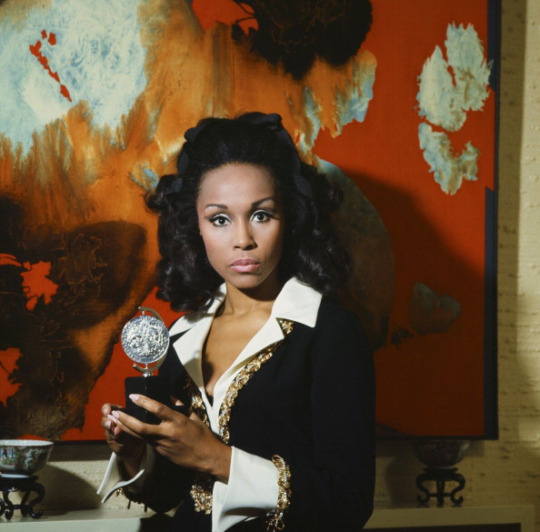
Another groundbreaking black actress, although she might be better remembered for her television roles. She was also an activist and worked with charities to support women in need.
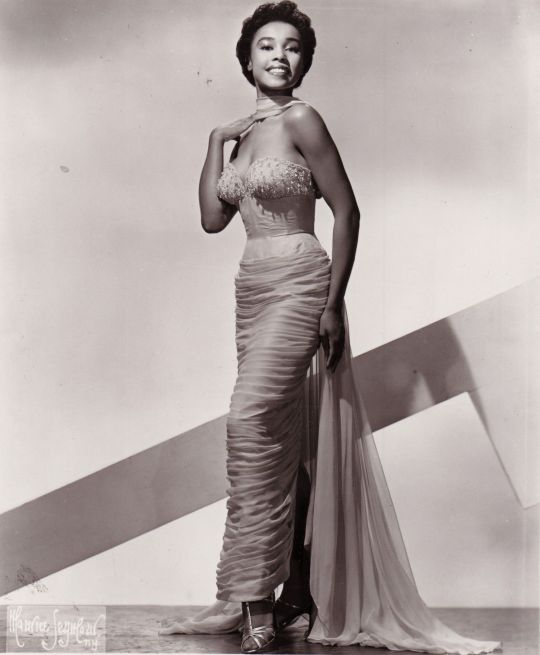
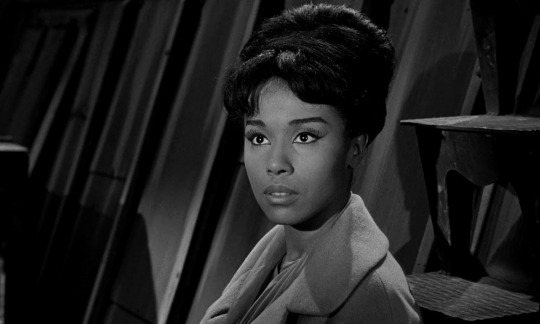

here she is hanging out with shadow prince anthony perkins :3
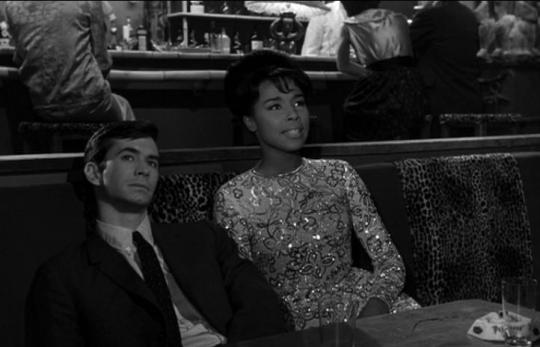

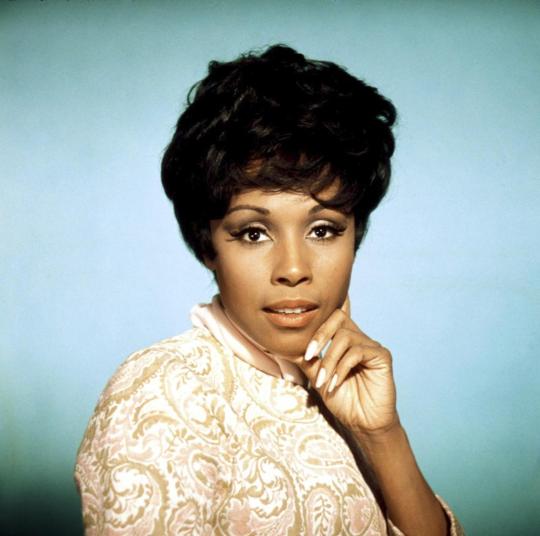

169 notes
·
View notes
Text

Devika Rani in a still from Nirmala (1938)
[ dir. Franz Osten ]
#nirmala#nirmala 1938#franz osten#devika rani#indian cinema#hindi cinema#bollywood#cinema#movies#films#world cinema#classic cinema#old bollywood#1930s#film stills#movie stills#film scenes#movie scenes#bollywood films#bollywood movies#classic bollywood#hindi movies#hindi films#indian films#indian movies#1930s cinema#1930s fashion#india#1930s movies
12 notes
·
View notes
Text
Devika Rani Bold 4-Minute Kiss Scene in 1933 'Karma' Still Holds a Record
Back in the 1930s, when even simple romantic gestures were rare in Indian films, Devika Rani, the country’s first female superstar, pushed boundaries with a bold on-screen kiss. In the 1933 movie Karma, she shared a four-minute-long lip-lock with her co-star and real-life husband Himanshu Rai. This groundbreaking kiss remains the longest ever recorded in Indian cinema, and no film since has…

View On WordPress
0 notes
Text

Devika Rani Chaudhuri, yang biasanya dikenal sebagai Devika Rani (30 Maret 1908 – 9 Maret 1994),[1] adalah seorang aktris dalam perfilman India yang aktif pada 1930an dan 1940an. Lebih dikenal sebagai first lady dari sinema India, Devika Rani memiliki karier film yang sukses yang berjalan selama 10 tahun.
0 notes
Text
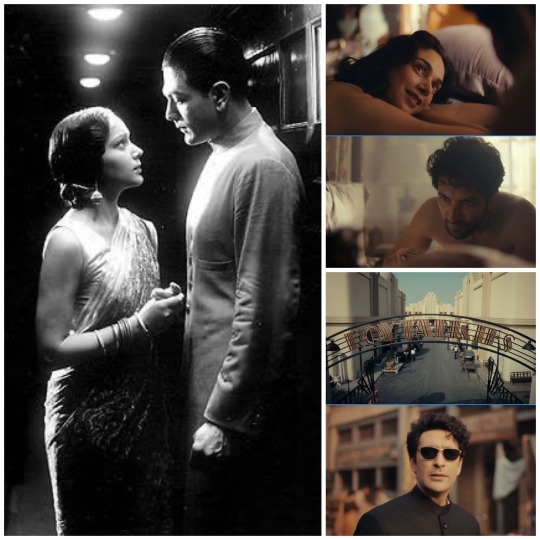
Devika Rani and Najam Ul Hasan in Jawani Ki Hawa (1935). Original Sumitra Kumari and Jamshed Khan. #Jubilee
#bollywoodirect#bollywood#devika rani#sumitra kumari#jamshed khan#Najam Ul Hasan#jawani ki hawa (1935)#aditi rao hydari#nandish sandhu
8 notes
·
View notes
Text
Happy Birthday 🎂 🥳 🎉 🎈 🎁 🎊 To You
The Radiant & Outstanding Indian American Actress🧡 🇮🇳 Of The 2015 Film ,The Man Who Knew Infinity ♾
Born On March 29th, 1991
Bhise was born and raised in Manhattan, New York City, and is of Indian descent. She attended The Brearley School, an all-girl private school in Manhattan, and Johns Hopkins University, where she won the Hodson Trust Scholarship and was a Woodrow Wilson Fellow under the mentorship of John Astin. While at Johns Hopkins University, she acted in Ira Hauptman's play, The Partition, based on the life of Ramanujan, which contributed to her being cast in the film years later.
She is an American actress, best known for her performance in The Man Who Knew Infinity, starring Dev Patel and Jeremy Irons, and for her role as Antoinette Benneteau in The Rookie: Feds.
She starred in television series such as Elementary and One Bad Choice until she was cast in The Man Who Knew Infinity with Dev Patel and Jeremy Irons. She also performed in 'Impossible Monsters' which also starred Chris Henry Coffey and Geofrey Owens in 2020 as a university student being part of a study on sleep paralysis. She was seen next as the lead role in The Warrior Queen of Jhansi, the biopic on Indian queen Rani Lakshmibai, acting opposite Derek Jacobi and Rupert Everett.
She has also been honored by Asia Society as a leader in "socio-cultural developments that have long-term impact on the presentation and response to Asian-American culture" and has been an ongoing contributor to The Asia Foundation.
Please Wish This Radiant & Truly Talented Indian American Actress 🧡🇮🇳
A Very Happy Birthday 🎂 🥳 🎉 🎈 🎁 🎊
MS. DEVIKA BHISE 🧡🇮🇳

#DevikaBhise #TheManWhoKnewInfinity #TheWarriorQueenOfJhansi
1 note
·
View note